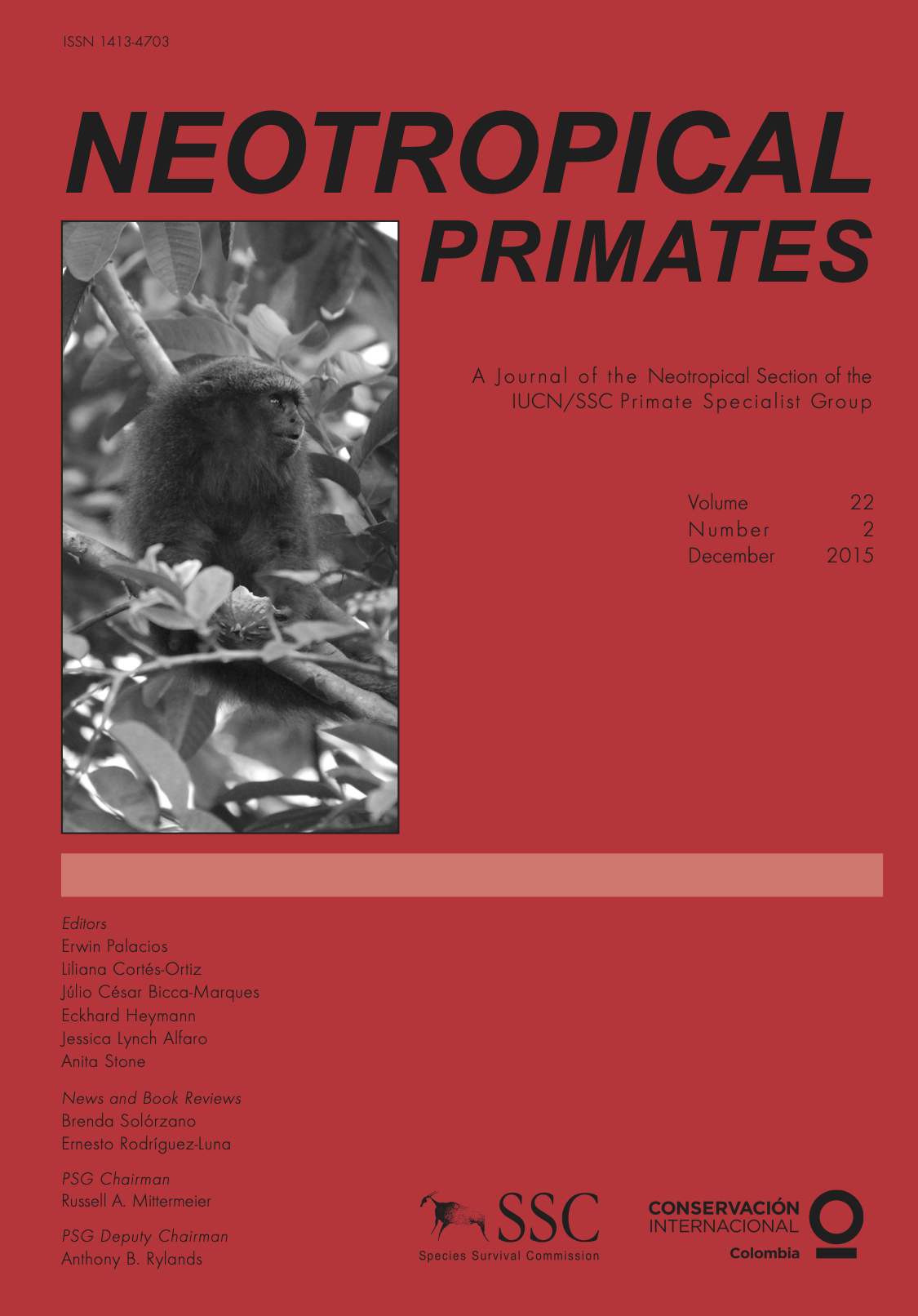The influence of stochastic events on the extinction risk of black howler monkey (Alouatta pigra) populations in Campeche, Mexico
DOI:
https://doi.org/10.62015/np.2015.v22.139Keywords:
Anthropogenic disturbance, conservation, extinction, hurricanes, population viability analysisAbstract
Population viability analysis (PVA) allows assessing extinction risk, which is of paramount importance for conservation and natural resource management practices. In addition to the modeling of the influence of deterministic demographic processes on the extinction risk of populations, PVA allows simulating the consequences of stochastic factors. The aim of the present study was to model the potential effects of two stochastic sources of variation, anthropogenic disturbance events (ADE) and hurricanes, on demographic parameters of extinction risk for 11 populations of the Endangered black howler monkey, in Campeche, Mexico. Models were built using information collected during a seven-year demographic monitoring of the populations, as well as on published life history data. We used the software VORTEX to study four extinction parameters: population growth rate; final population size; probability of extinction; years to extinction. For each population we ran five models: a baseline model; one model with 5% increase in the frequency of ADE; one model with 10% increase in ADE; one model with 5% increase in hurricanes; one model with 10% increase in hurricanes. We ran a sixth model excluding ADE for populations that were known to be exposed to ADE in baseline models. Hurricanes did not impact extinction parameters. As ADE increased, population growth rate, final population size, and years to extinction decreased, whereas probabilities of extinction increased. When ADE was removed, population growth decreased more slowly, populations included more indi- viduals, and extinction became less probable and was delayed. Small populations that were not affected by ADE faced high extinction risk. ADE is thus predicted to be a major stochastic factor influencing the extinction risk of black howler monkeys in Campeche, although population size is also determinant for long-term viability. Through PVA based on long-term demographic data, this study is the first to ascertain that decreasing anthropogenic disturbance may benefit the persistence of threatened populations of this species.

Downloads
Published
Issue
Section
License

This work is licensed under a Creative Commons Attribution-NonCommercial-ShareAlike 4.0 International License.


